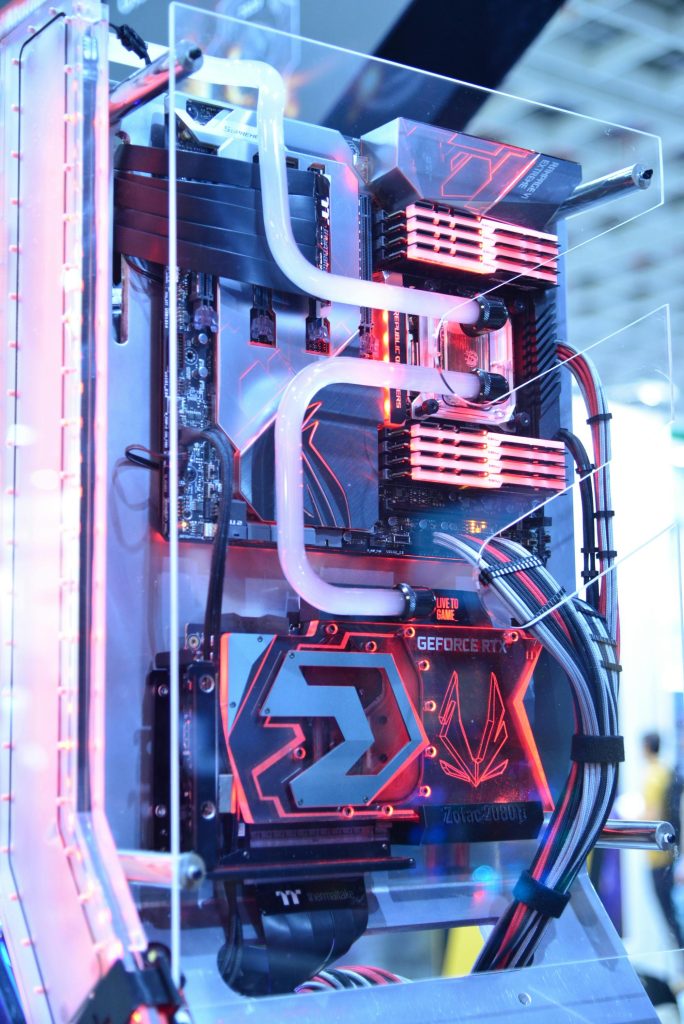Creating a Shared Display Solution for Multiple Workstations: Is It Feasible?
Setting up a collaborative workspace that allows multiple users to share information seamlessly has become increasingly important, especially as home offices and gaming setups evolve. In this article, we explore the possibilities and technical considerations behind implementing a shared display device that multiple workstations can access simultaneously, without the need for additional dedicated computers.
The Concept: A Communal Display for Family or Team Use
Imagine a small monitor or smart screen placed strategically between two workstations, accessible by both users. Such a device could serve various functions: displaying a family calendar, sharing images, or providing a communal area for notifications and updates. The key question is whether this setup can be achieved efficiently, ideally without requiring a separate dedicated PC for the shared display, and perhaps even incorporating touchscreen capabilities for added interactivity.
Technical Possibilities and Options
-
Hardware Solutions:
-
Network-Connected Displays: Devices like smart monitors or digital signage screens can connect to your home or office network. For instance, platforms such as Google Chromecast, Amazon Fire TV, or Smart TVs with casting capabilities can display content streamed from multiple devices.
-
Dual-Input Monitors: Some monitors support multiple inputs or picture-in-picture (PIP) modes, allowing different signals to be displayed on the same screen. However, this typically requires manual switching rather than real-time sharing.
-
Touchscreen Panel PCs: All-in-one touchscreen devices can run their own operating system and serve content, but sharing this across multiple workstations usually necessitates network-based solutions or remote access tools.
-
Software and Network Solutions:
-
Screen Sharing and Casting Protocols: Tools such as Miracast, AirPlay, or Chromecast enable multiple devices to cast content to a shared display over Wi-Fi. However, simultaneous control and dynamic sharing may require more advanced software configurations.
-
Remote Desktop and Virtual Desktop Infrastructure (VDI): While primarily designed for remote control, these can allow multiple devices to access and display the same desktop environment, though they may introduce input lag or complexity.
-
Dedicated Digital Signage Platforms: Certain software enables multiple users to send content to a central display via a network, making it ideal for sharing calendars, images, and simple information.
-
Limitations and Challenges:
-
Hardware Compatibility: Ensuring devices support the necessary display protocols and network configurations.
-
Interactivity: Achieving
Share this content:



